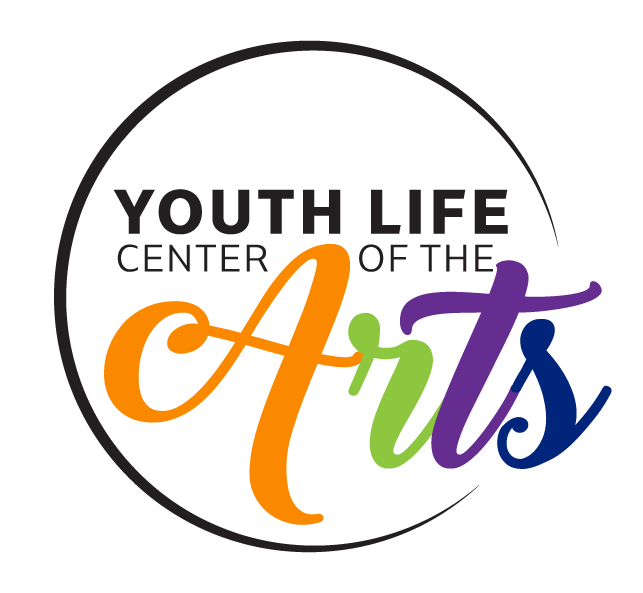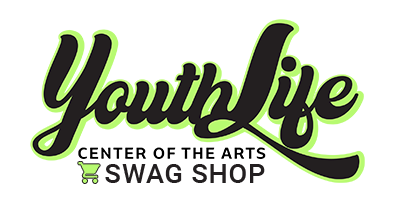The rush is real after spring break. Many students scramble to “bring grades up” before summer vacation. It can be stressful for you and your child trying to improve significantly in just a few weeks. And you may be surprised to learn that all study skills for middle school students (and everyone else) are not the same.
Your middle schooler must grasp good study skills as they progress to more advanced studies in high school. However, the reality is that many students don’t know HOW to study! We want to help you teach study skills to your children in ways that support their diverse learning styles; while showing you what to look for when your child(ren) is struggling.
For example, some students simply read the textbook repeatedly or look at the (inadequate) notes they’ve taken, hoping something will stick; it often doesn’t.
There’s not one method or way of learning. One reason your middle schooler may not retain their lessons could be a learning difference. Students with different learning capabilities process information differently. That means they may get better results when taught and accommodated differently in the classroom.
4 Common Learning Styles
Visual, auditory, kinesthetic, and reading/writing are the most common learning styles.
Visual learners prefer seeing and observing things, including pictures, diagrams, written directions and other visual cues. Whiteboards, handouts or PowerPoints are ways to engage this learning style.
Auditory learners tend to learn better when the subject matter is reinforced by sound. The love lectures and reading aloud. Rasmussen University suggests getting these learners involved in the class discussion by asking them to repeat new concepts back to you and allowing them ask and answer questions aloud.
Kinesthetic students are hands-on learners and learn best by figuring things out by hand. So if you have a kinesthetic student learning to tie their shoes, they’ll need to learn this skill by practicing on actual shoes.
Students who learn through reading and writing may present themselves as copious note-takers or avid readers, and are able to translate abstract concepts into words and essays.
Study Skills for Diverse Learning Styles
Knowing that no two students learn the same, study habits will also vary depending on your middle schooler’s learning style.
Here are a few tips to help your middle schooler study better as the sprint to the finish line to summer.
Visual learners may benefit from using flashcards, mind maps, and color-coding their notes.
In addition, How to Study recommends you:
- Have your middle schooler close their eyes and visualize the information.
- Ask them to try including illustrations as they take notes in class.
- Tell them to use highlighter pens of contrasting colors to color code different aspects of the information in their textbooks.
- Tell them to sit in the front of the class so that they can clearly see the teacher. This will allow them to pick up on facial expressions and body language that provide cues what their teacher is saying and should write in their notes.
Auditory learners may benefit from listening to lectures or audiobooks, and taking notes while they listen.
If you’re helping an auditory learner study, ThoughtCo recommends you:
- help them find a study buddy
- ask their teacher if it’s okay to record class lectures
- ask them to sit near the front of the room
- have them try listening to classical music while studying
- tell them to participate in class discussions
- tell them to try to record themselves reading key terms and definitions aloud
- ask them to repeat facts with their eyes closed
- ask them to read assignments out loud.
Kinesthetic middle schoolers may benefit from taking breaks while they study to move around or do something active.
For this group ThoughtCo suggests:
- Stand Up Instead of Sitting Down. Did you know that as a kinesthetic learner, standing up will improve your comprehension and retention?
- Combine Your Study Session With Exercise.
- Utilize Small Movements. For example, bounce a tennis ball against the floor and catch it whenever you answer a question.
- Use a Pen. Use a Pencil. Use a Highlighter. Underline important vocabulary or concepts while you read. Highlight and color code passages that connect to one another. Use a pencil to draw flow charts in your books that help break down the o passage into small pieces.
- Try Tension and Relaxation. In intervals of five to ten seconds, tighten a particular muscle. Then relax when the seconds have passed.
- Get Creative. If a topic has become difficult for you, approach it from another angle.
And for reading/writing learners, taking notes by hand or typing out their notes may be most helpful. VARK (Visual Aural, Read/Write, Kinesthetic) says to:
- use lists
- use titles and headings that clearly explain what follows
- use bullet points and numbered paragraphs
- use dictionaries and glossaries, and articles about trends in word usage
- spell-check; correct written language errors
- read handouts
- read books that are dense with text, essays, manuals, and reading lists
- use definitions, constitutions, legal documents, minutes, and rules
- write notes (often verbatim)
- get information from people who use words well and have lots of information in their sentences
- as you listen, sort out what they are saying into your own categories and lists.
It’s important your child gain the proper study skills for middle school as they sprint through these last weeks. As we mentioned earlier, different learning styles require different study habits. If you want your middle schooler to do their best, help them prepare according to how they learn. If you need clarification on your child’s learning style, schedule a meeting with their teacher to discuss your child’s classroom habits and any problem areas the teacher may have noticed.
Help your student build confidence – and resilience – by helping them learn how to study. It’s truly the act of saving knowledge so you can use it again later.







